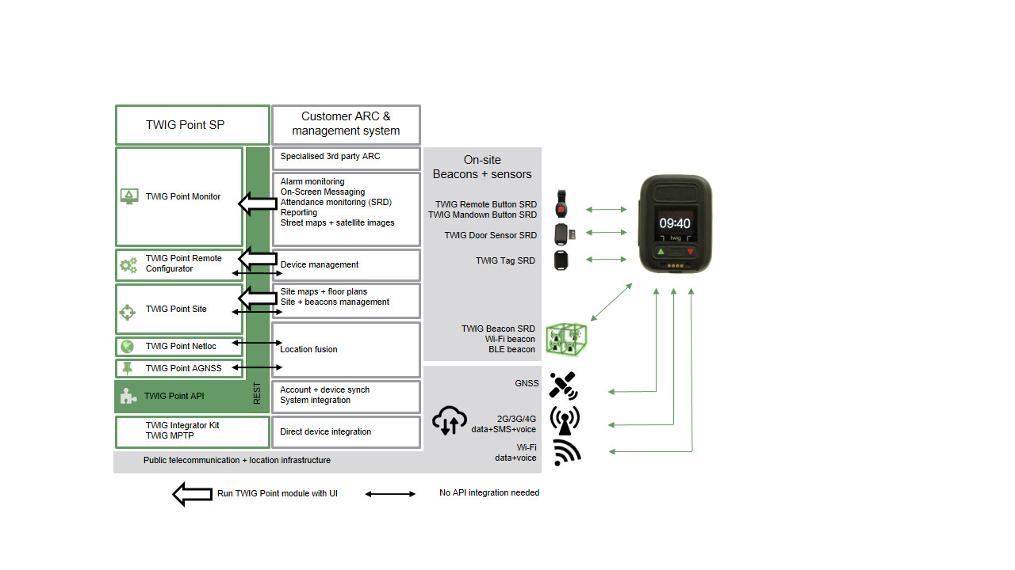Identify risks at your work
Environmental risks
The work environment exposes lone workers to the risk of accidents. Accidents related to working environment can be slips, falls, exposure to noise, weather circomstances or being struck by objects falling.
The lone working employees are not automatically exposed to environmental risks and hazards than other employees but the fact of being in a risk situation alone increases the vulnerability. Moreover, this vulnerability will depend on the type of situation in which the lone work is being carried out.
Social risks
Social risks occur when lone workers are facing other people in their duty. Such social situations can escalate to threats, abuse or violence.
Working alone creates opportunities to take additional risks or to react in unconventional manner during a lone work situation.
Isolated employees are put at greater risk and are more vulnerable to violence when working alone outside normal working hours.
Understand the risks of your lone working people
Risk assessment
Understanding of the risks help to assess what type of lone worker devices and systems are needed.
Lowest risk level
At the lowest risk level, a normal smart phone may be sufficient to call for help.
Moderate risk
A safety phone with alarm button, doubling as mobile phone, is often suited for moderate risk scenarios.
High-risk situation
A dedicated lone worker alarm may be required in high-risk situations.
Find the best solution for your risks
TWIG lone worker safety devices together with alarm monitoring system and service form a lone worker solution which is essential part of managing the safety of employees who work alone.
